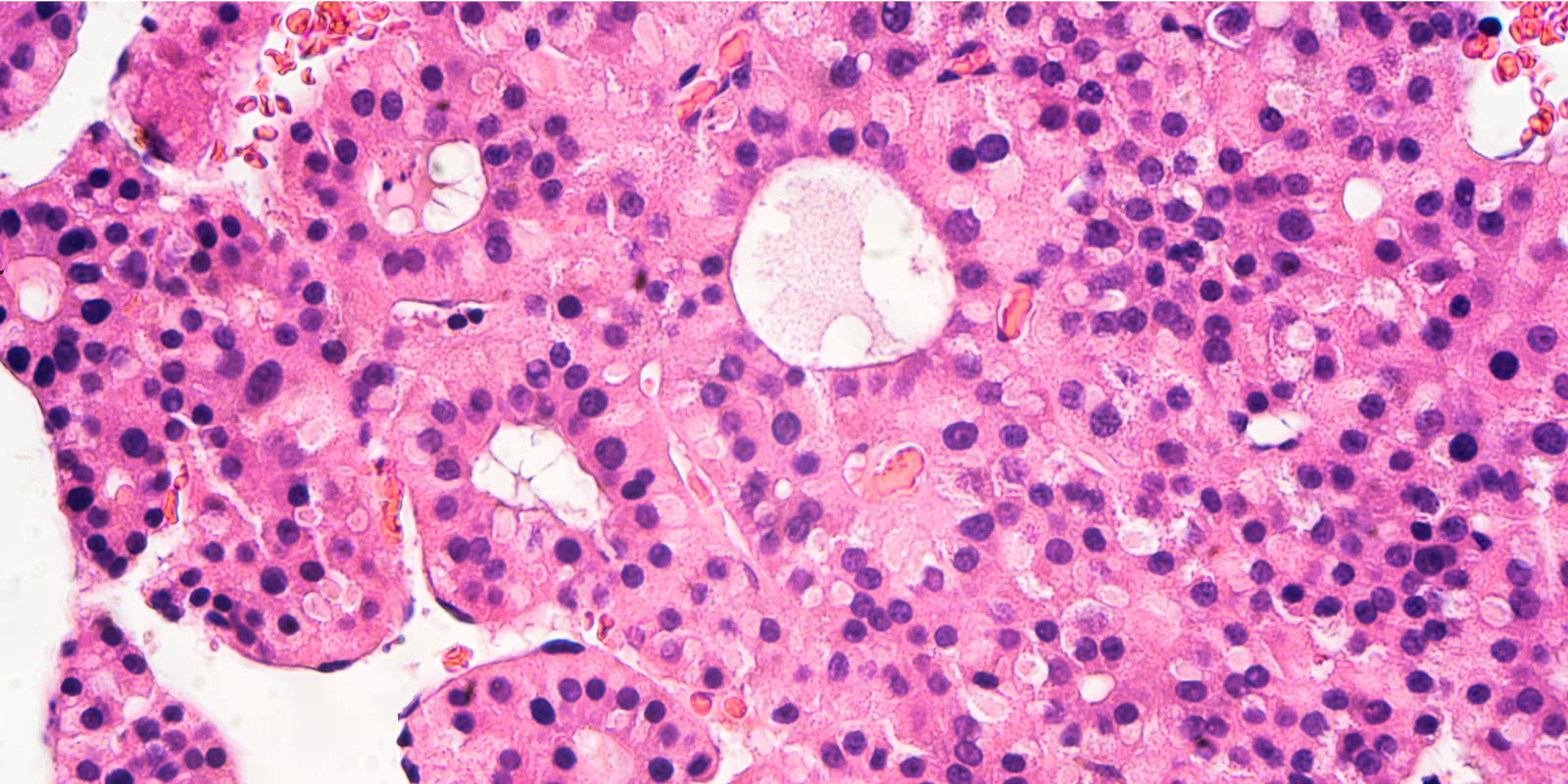
The Pathology Department conducts research into anatomical and clinical correlations in human pathology, and in the fields of cell biology, general immunology and immunopathology.
Concerning cell biology, several teams study:
- growth factors and the oncogenes involved in the differentiation and functioning of the lymphohematopoietic system
- the functional role of certain parts of the cytoskeletal apparatus, in particular actin and intermediary filaments, and how they change in the course of the arterial pathology of scar-tissue formation and the development of epithelial tumours and conjunctive tissue
- the structure and function of the cell membrane
Research in immunology focusses on:
- Functional specialisation of T lymphocyte subsets under experimental and pathological conditions
- Synthesis and function of cytokines secreted by cells of the immune system under experimental and pathological conditions
- Regulation and function of antigen presentation under experimental and pathological conditions
Research in pathology focusses on:
- Cellular interactions promoting the development of spontaneous and provoked autoimmunity
- Role of antibodies and immune complexes in triggering vascular lesions
- Role of immune responses in pathological manifestations associated with infectious disease
- Intra- and inter-cellular communication leading to the development of cardiovascular disease
Research Groups
|
|
Department of Clinical Pathology, Hospital Department of Medical Genetics, of Laboratory and Pathology
|
|
Affiliated Clinical Groups
|
|
Honorary Professors
|
|
